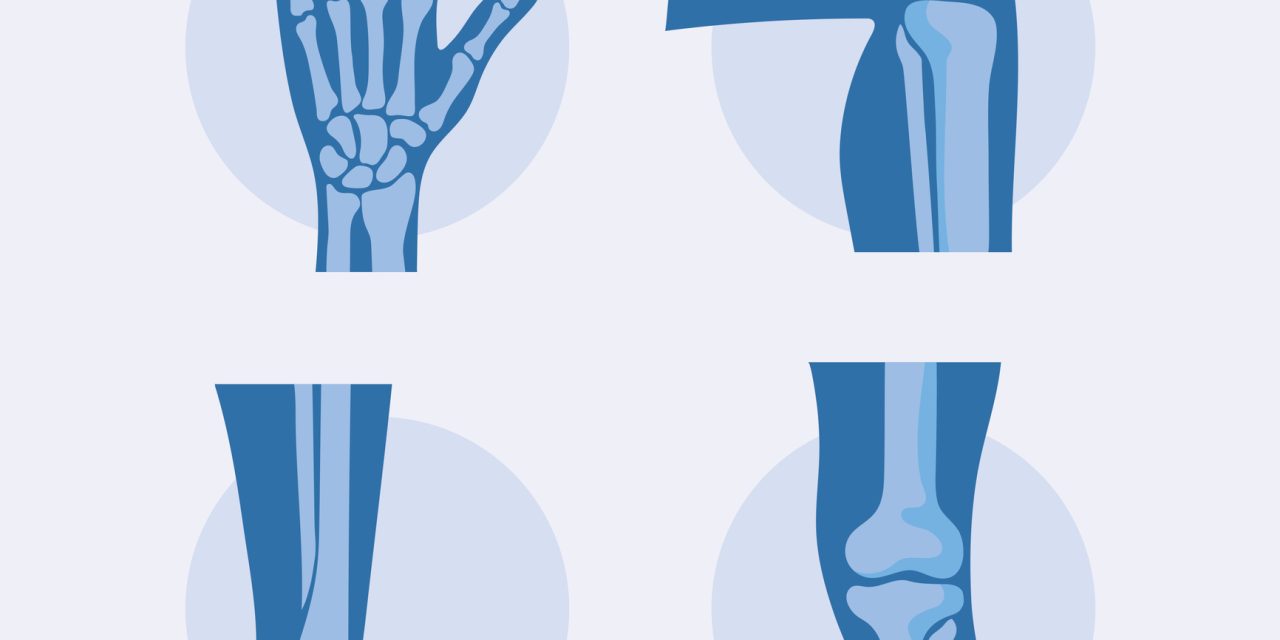Total hip arthroplasty in patients with high hip dislocation is a surgically demanding procedure. This is due to the congenital disorder of hip maturation and the resulting anatomical features. The aim of the arthroplasty is implantation of the cup prosthesis in the original centre of rotation, at the same time correcting femoral deformities and reducing the hip joint.
The indications include advanced osteoarthritis in the secondary acetabulum, existing instability, severe contractures and secondary changes in adjacent joints.
The contraindications include cerebrospinal dysfunction with impaired coordination, muscular dystrophies, overt metabolic bone disorders and complete or nearly complete absence of muscles that stabilise the hip/hip-stabilising musculature.
The operation is preferably performed through an anterolateral approach with the patient supine or through a posterolateral approach with the patient on his side. Sparing the pelvitrochanteric muscles is crucial for the functional outcome. Exposure of the original acetabulum is essential for correct and secure placement of the cup component. We perform planned shortening femoral osteotomy above an increase in length of more than 3.0 cm in patients without previous surgery and depending on the operative findings in previously operated patients. As a rule of thumb, the bone fragment to be removed should be approximately 60% of the distance between the planned and the preoperative position of the trochanter tip. Additional fixation is necessary only in the absence of primary stability between the parts of the femur divided by the osteotomy.
In these patients, the postoperative management is determined individually depending on the stability of the prosthetic cup fixation, bone quality, rotational stability of the stem in both segments of the femur after the osteotomy, existing soft tissue contractures and the resulting postoperative leg length difference.
The most frequent complications are nerve injuries, femoral fractures, malpositioning of the components, absence of integration of the components (usually due to inadequate primary stability), joint instability due to damage to the pelvitrochanteric muscles and therefore an increased risk of dislocation, pseudarthrosis of the femoral osteotomy and increased perioperative blood loss due to the prolonged operation time.
The currently published results show that subtrochanteric shortening osteotomy in patients with high hip dislocation with anatomic reconstruction of the original centre of rotation delivers good functional results with insignificantly increased 10-year loosening rates compared with standard management of primary hip osteoarthritis.
Georg Thieme Verlag KG Stuttgart · New York.
Total Hip Arthroplasty for High Hip Dislocation.


